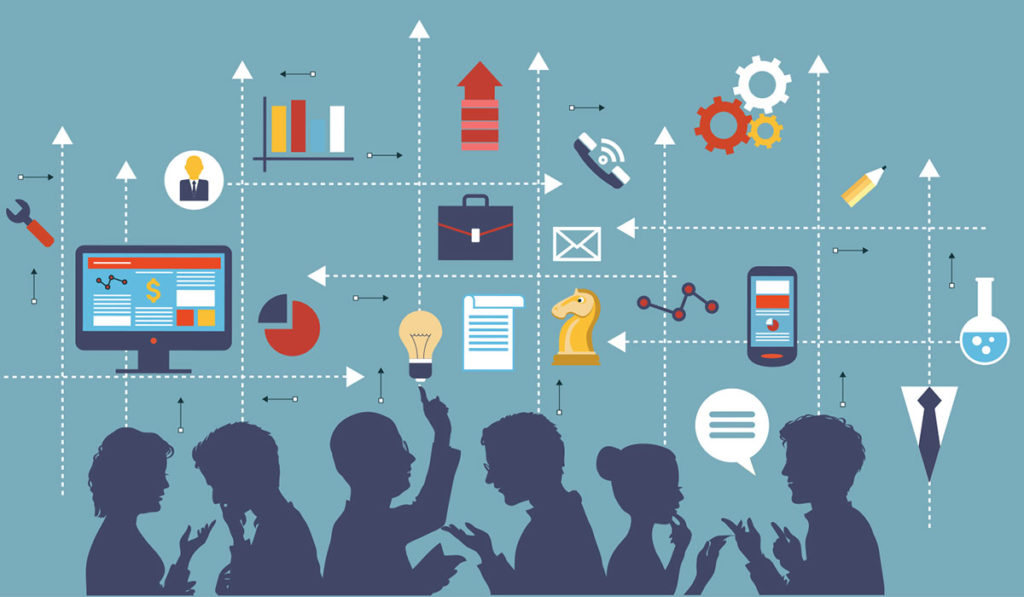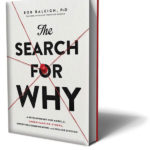
Two years ago, when setting out to write The Search for Why, the tools we had at hand were not up to the task to adequately answer the question of why we do what we do. So, we set out to use the best science from the related fields of data science, neuroscience and behavioral science to build a Model of Why. Since the dawn of civilization, the greatest thinkers in the world have debated the origins of choice and motivation, and the tug-of-war between reason and emotion. Over time, the search for why has inspired journeys both mundane and profound.
In today’s world, engaging people represents the most complex challenge in the most complex
network that we have ever faced. When we understand why we do what we do, we will be able to respect how each other’s point of view has evolved, define our collective aspirations and begin to move beyond our collective “echo systems.” We are all now accustomed to being reduced to a demographic: man, woman, Black, white, old, young. But, while these factors may inform our lived experience, what if there is something more fundamentally important that determines our behavior?
PathSight Predictive Science has pioneered a new model that draws on the latest findings in neuroscience, data science and behavioral science to classify people in five distinct groups, depending on what they instinctively care about most: nurturing, fairness, loyalty, authority or purity. These five universal biologic instincts are all tied to survival and are distributed in patterns, or “Mixes,” across any given population. Knowing someone’s Mix is the key to understanding their worldview and unlocking a communication strategy that will resonate with them deeply. This is the key to unlocking the why.
An individual’s worldview is a pattern (or “mix”) of five universal biologic instincts all tied to survival:
- Worldview 0: universal donor, appeal across all five domains, very engaged and self-aware
- Worldview 1: Centrist with a lean toward social binding, supporters of the status quo, compassion tempered by tradition
- Worldview 2: A world of individuals, compassion and fairness for all, tolerance for differences, damn conformity
- Worldview 3: Authority; a real boundary between us and them; strong instincts toward social binding, traditions, conformity, security
- Worldview 4: Detached, hard to reach, self-directed, with a personal focus, low need to judge
If we become aware of our instinctual patterns and the ways they can influence our choices, values and future, we might harness a different type of personal power. With this in mind, we should operate with personal insights as to our own biases, an appreciation of how others see the world and, perhaps, the opportunity to understand any gap that might exist between them. If we are able to see and understand these differences, there is potential to discover a pathway to return to civility.
With such an understanding, there may be less of an urge to assume that our own worldview is superior to others’. For example, one may see the irrationality in an Individuist’s willingness to “try the next new thing.” Or one might understand that, while a Social Binder can offer a different view of the “facts,” they might represent a huge, unforeseen disadvantage. If we are starting with the supposition of equally valid points of view and people can “hear” from differing perspectives, what might that portend?
The Model of Why is an attempt to apply these learnings in the service of increasing empathy and solving big problems. By making communications more personal and insightful by using our Instinctual Patterns we can design campaigns by choosing the right words, images and themes to break through an increasingly complex marketplace. We are convinced that by implementing our Model of Why, we will be able to reintroduce a sense of Humanity back into the world today.
 Bob Raleigh, Ph.D., is the founder and managing partner of PathSight. As the author of the book The Search for Why, Dr. Raleigh has captured the evolution of the Model of Why for use as a tool for personal insight, a lens to understand the world of work, and, at the population level, a research tool to be applied to any market segment.
Bob Raleigh, Ph.D., is the founder and managing partner of PathSight. As the author of the book The Search for Why, Dr. Raleigh has captured the evolution of the Model of Why for use as a tool for personal insight, a lens to understand the world of work, and, at the population level, a research tool to be applied to any market segment.
















